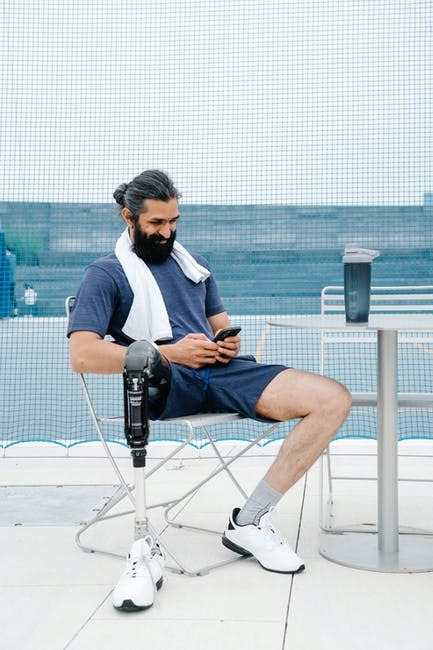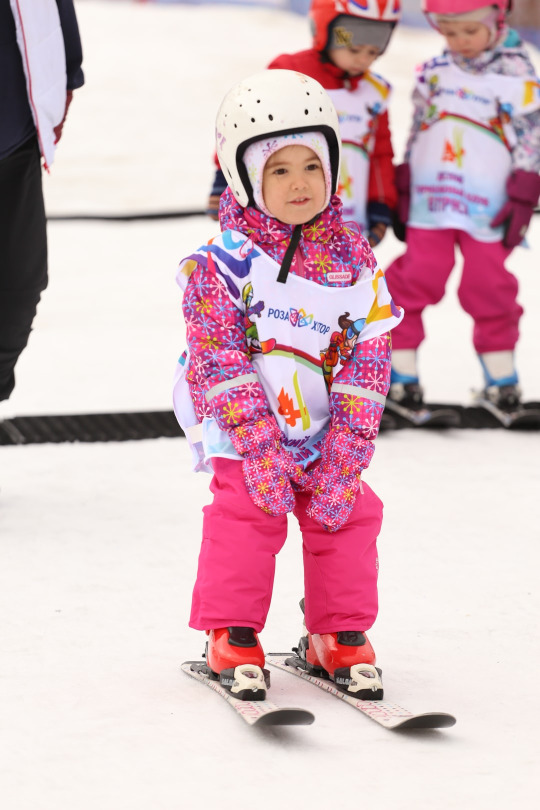Text
The Global Practice of Prosthetics and Orthotics

The study found that a total of 30 countries regulate orthotics and prosthetics services. However, there is currently no international professional governing body for the field. The World Federation for Occupational Therapy and the International Society for Prosthetics and Orthotics (ISPOR) are the two leading global bodies for the profession. In many countries, these organisations work towards the same objectives of universal health coverage and sustainable development. The report identifies a number of barriers to accessing these services. Learn more from Philadelphia prosthetics.
In order to ensure optimal functioning, patients must first undergo an assessment. An orthotist must be aware of the physical and psychological challenges that may limit their mobility. He or she should know the limitations of the patient's limb and be aware of his or her limitations. Then, he or she can design an orthosis that will help the patient improve mobility, balance, and stability. The objective of this work is to improve the quality of life of people who have lost limbs due to accidents or deformity.
The practice of prosthetics and orthotics varies by location. Often, patients have multiple conditions, such as spinal injuries or muscle weakness. As a result, patients with such conditions often need a customized prosthetic or orthotic solution. As the world population becomes increasingly specialized, the field is growing rapidly. Healthcare professionals need advanced tools to improve the quality of life for the disabled and elderly. A professional prosthetist can give guidance to patients and prescribe the right type of orthotic or prosthetic device.
The field of prosthetics and orthotics is rapidly evolving. In addition to being more advanced than ever before, these devices have improved the lives of millions of people. Some of the most advanced prosthetics and orthotics allow patients to perform even the most challenging tasks. They are also highly customizable, making them even more useful to a variety of patients. As a result, a patient's prosthetic or orthotic device can be custom-made to match exact measurements.
In addition to providing support to patients, prosthetics and orthotics can be adapted to fit the individual. If the patient is unable to walk or use their arms or legs, the prosthetics will help them regain a higher level of independence. Those with diabetes are at a higher risk of losing limbs and need prosthetics and orthotics to compensate. A physician can prescribe the right type of device for their patient.
A master's degree in prosthetics and orthotics is an excellent choice for professionals in the medical field. A degree in prosthetics and orthotics allows a person to design artificial limbs and braces that will enhance the human body's function and minimize pain. As a result, a prosthetic will not only increase a person's ability to move and carry weight, but it will also provide support for the injured or weakened limbs. Know more details from bionics companies Philadelphia.
For more information, visit this link - https://en.wikipedia.org/wiki/Prosthesis
0 notes
Text
The Importance of a Cranial Helmet

A cranial helmet is an orthotic that can be used to correct deformations of the head and skull. It is made up of a series of bony plates that flex to fit over a growing brain. Various causes can cause a deformity of the head, but the most common is scaphocephaly, a congenital condition in which the bones of the head fuse together prematurely.
Infants with congenital muscular torticollis should always be put to sleep on their backs to avoid SIDS. It is also important to wear a cranial helmet while playing outside to protect from injuries. While parents of newborns should always keep them on their backs, children with flat heads are at risk of developing congenital muscular torticollis. It's important to learn how to care for them during the treatment, and how to prevent future deformities. Read about torticollis baby helmet.
In order to help prevent flat-headedness in infants, parents can prevent this problem. Proper positioning and physical therapy are critical. An infant should sleep on their back to prevent the risk of SIDS. During the first month, the head should remain flat. It should also be kept upright to avoid falling and causing trauma to the skull. For older children, a helmet may be the only treatment needed. But it's crucial to remember that your child will be wearing the helmet for at least 23 hours a day for the entire treatment to be effective.
If your child has flat-headed syndrome, early treatment may be possible to cure the condition. Early treatment may help prevent the need for a cranial helmet. The head needs to be remolded and properly shaped in order to prevent future deformities. A cranial helmet may be needed for years, but a proper fitting one will be a lifetime investment. You should contact a pediatrician or plastic surgeon if your child has deformities that require braces. If a cranial helmet is required, the child will need to wear it for at least 23 hours per day. It is important to monitor your child closely for the first few months after surgery to ensure that it is working.
In the case of severe congenital muscular torticollis, early treatment may be possible, as well as the use of a cranial helmet for babies under 18 months. However, you must make sure that you are aware of the risks associated with this condition and what type of helmet is best for your child. Your child's doctor should also provide a consultation and advise you on the best treatment options. If he or she feels that your child's condition requires further treatment, the orthotist will help you determine which options are right for your child.
If your child has congenital muscular torticollis, your doctor can help them find the best treatment. In addition to a cranial helmet, you can also consult a pediatrician or a pediatric plastic surgeon who will provide further guidance. The therapists will help you choose the best option. If you have concerns about your child's condition, the surgeon will examine him or her to identify the appropriate course of treatment. See more plagiocephaly helmet.
For additional info, visit this link - https://en.wikipedia.org/wiki/Plagiocephaly
0 notes
Text
The Benefits and Risks of a Cranial Helmet

A cranial helmet can be a lifesaver for a baby. The specialized linings can help prevent flat spots, which can lead to brain damage. Infants should sleep on their backs to prevent SIDS. They should also sleep on their sides to reduce the risk of flat head syndrome. The cranial helmets can be removed by their parents once the child has outgrown them. However, the cranial helmet is not a lifesaver, and parents should consider the risks.
A cranial helmet fits an infant's head properly. It is fitted by a physician using a 3D scanner to make sure it fits correctly. Some cranial helmet designs are full-coverage while others have small openings for the air to circulate.
Often, cranial remolding helmets consist of a hard outer shell and foam lining. Gently applying pressure on the child's head inhibits growth in prominent areas while allowing growth in flat regions. Because a child's head is constantly changing, the cranial helmet will need to be adjusted several times over the course of the first year. These helmets also cushion the child's head to prevent further flattening.
A cranial helmets for infantst is a safe, effective treatment for a congenital brain malformation known as scaphocephaly. It is fitted on prominent areas of the child's skull, which promotes the growth of flattened plates that fill in the gaps. This allows soft spots to catch up with the rest of the skull plates. If the child is not comfortable wearing the helmet, it can be removed or worn less frequently.
The kinderBAND cranial remolding helmet is made of a foam lining and a hard outer shell. The soft inner shell is padded and designed to allow the child's head to grow in a round, tight, and comfortable space. The kinderBAND is a good option for a child with a mild cranial deformity who is worried about his or her head shape.
The kinderBAND is a cranial remolding helmet made of hard outer shell with foam lining. It captures the natural growth of a child's head. It hinders growth in prominent parts while allowing growth in flat areas. As a child grows, adjustments are made to the kinderBAND. The kinderBAND is a safe and comfortable solution for cranial deformity.
Plagiocephaly, or flat head syndrome, is a condition that affects 50 percent of children. A cranial helmet helps correct this deformity by gently directing growth when the skull is still malleable. A child with this condition will benefit from a cranial helmet that is tighter on one side and provides more room on the opposite side. This treatment is effective in correcting the flat head syndromes, but it is not suitable for all cases.
Visit also this related link: https://en.wikipedia.org/wiki/Orthotist
1 note
·
View note